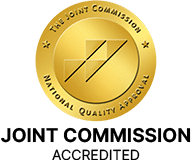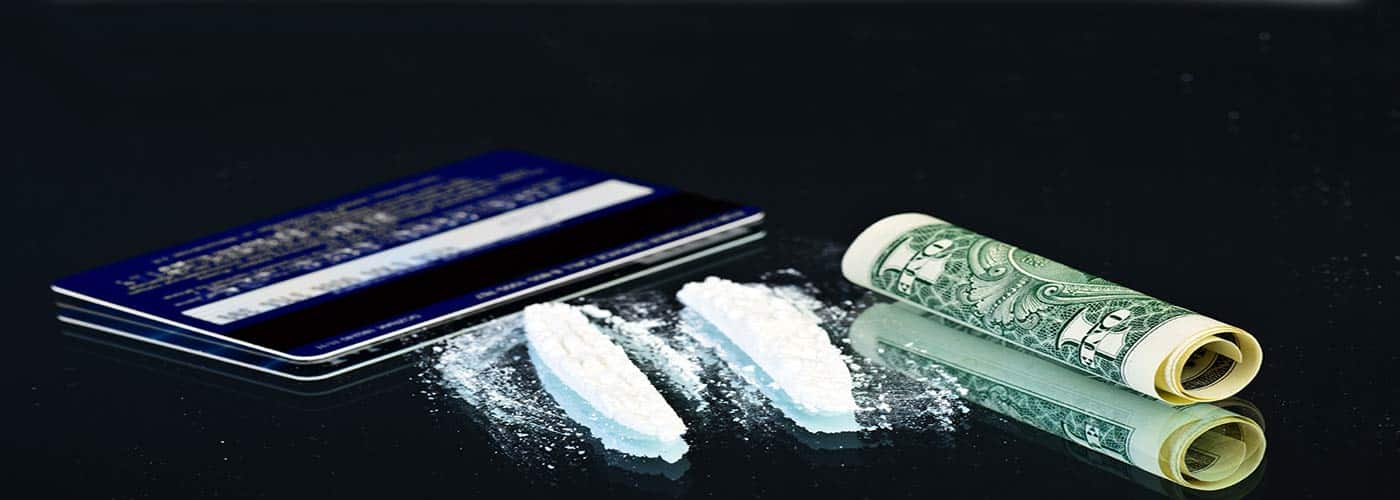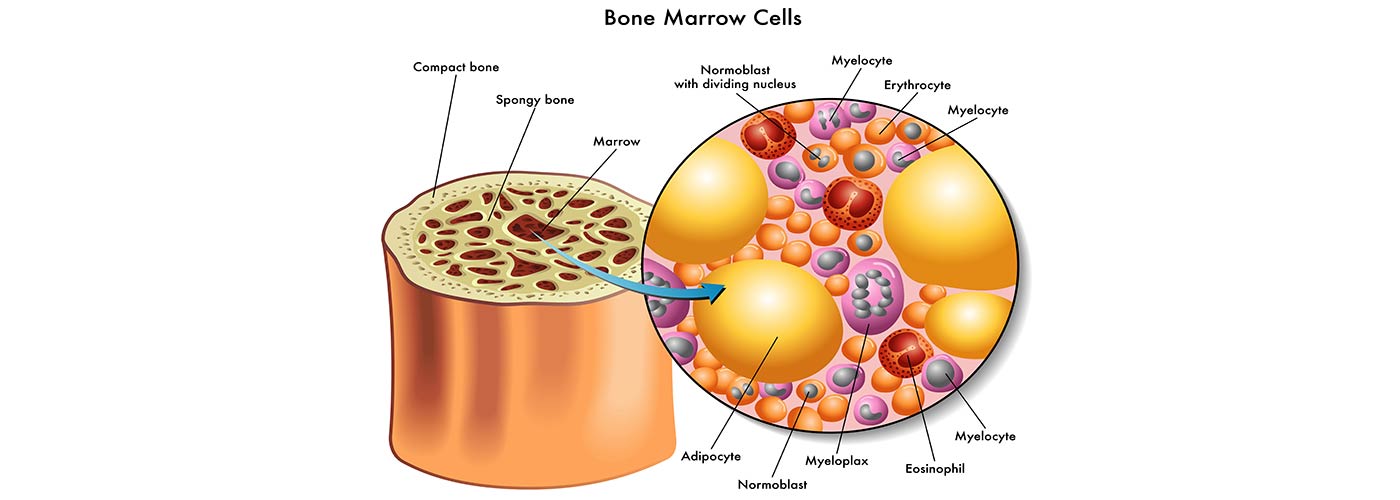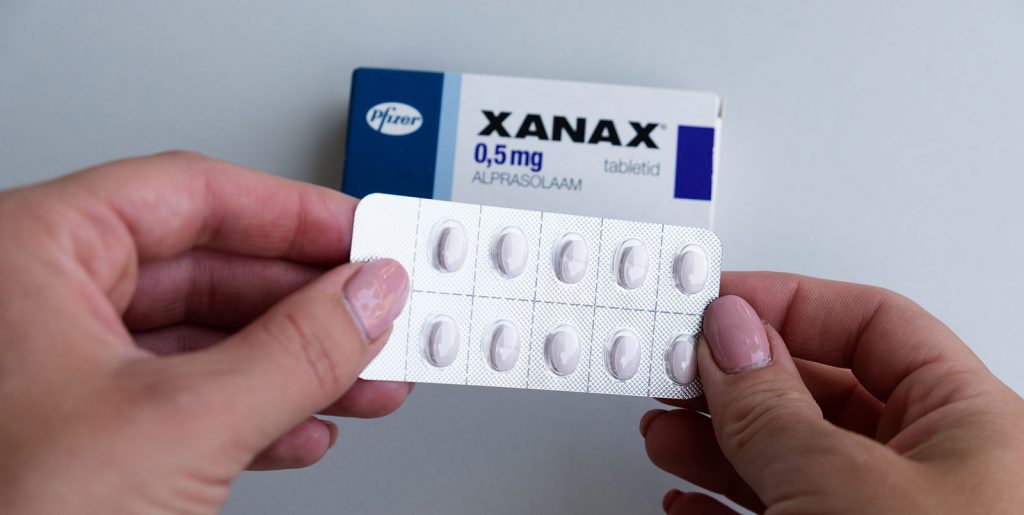Benzodiazepines are very powerful central nervous system depressants that are used to treat disorders such as seizures, anxiety, panic disorders, alcohol withdrawal, and are also used as a muscle relaxant during procedures. The big problem with benzodiazepines is that they are highly addictive.
Physical dependency on this kind of drug can happen even just after a few weeks of use. Once the effects wear off, a person’s brain with go into hyperactivation, which results in severe anxiety that can lead to insomnia and emotional instability. This is how many people develop an addiction to benzodiazepines.

What benzodiazepines do in the brain
These drugs work on the body by modifying the GABA receptors in the brain. Our body uses GABA to control our stress levels and outbrain activity. Benzos attach to these GABA receptors and make the nerves in the brain less sensitive to outside stimulation.
Benzo Detox and CBD
CBD, also known as cannabidiol, is a non-psychoactive cannabinoid that comes from the hemp plant. CBD is seen as having therapeutic potential due to the say that it interacts without bodies.
CBD can potentially offer benefits for people who are dealing with the side effects of benzodiazepine withdrawal during detox. Those side effects can include severe anxiety, mood disturbances, muscle tremors, muscle pain, nausea and vomiting, sweating, weight loss, and even seizures. CBD can help with many of these side effects including:
- It acts as an anti-convulsant. CBD helps in relieving muscle tremors and tension and helps reduce this painful side effect during benzodiazepine detox. It helps by reducing inflammation that creates tension and it also mitigates our natural pain response.
- CBD acts as anti-anxiety. It reduces the symptoms of anxiety, which is the primary symptom in benzo withdrawal.
- CBD also acts as a mild sedative. This can help with insomnia that many people are affected by during detox by regulating a person’s sleep patterns. According to one study that observed whether CBD can be used for insomnia published by NIH stated that CBD helped to improve sleep for almost 67% of the patients. 79% of the patients also experienced less anxiety.
- CBD also boosts GABA inhibitors. This means you can experience the anti-anxiety benefits without the painful and life-altering addiction and benzos cause.
It is very important to remember that the CBD industry is almost completely unrelated. While there is a decent amount of clinical data supporting the therapeutic properties of CBD, there is not enough to say that any of it is concrete evidence. The safest and most known way to detox off of benzodiazepines is with a medically assisted detox process. After prolonged use of benzos, the brain rewires itself. Withdrawal and detox symptoms can be highly intense.
Get the Help You Need
After a medical detox has been completed, the best and safest option to getting off of and stay off Benzodiazepines is by the use of one of Garden State’s many treatment programs. Our goal is to get you sober from any mind-altering substances and to show you how to live your life completely sober. Addiction isn’t an easy thing to deal with.
The good news is you do not have to face it on your own. Our admissions counselors and professionals are available around the clock. We are ready to help you or a loved one overcome the disease of addiction. Now is the time to change your life. Let us help you do it.
FAQ
How long do edibles stay in your system?
How long are edibles detectable in your system?
Published on: 2020-09-30
Updated on: 2024-02-16


